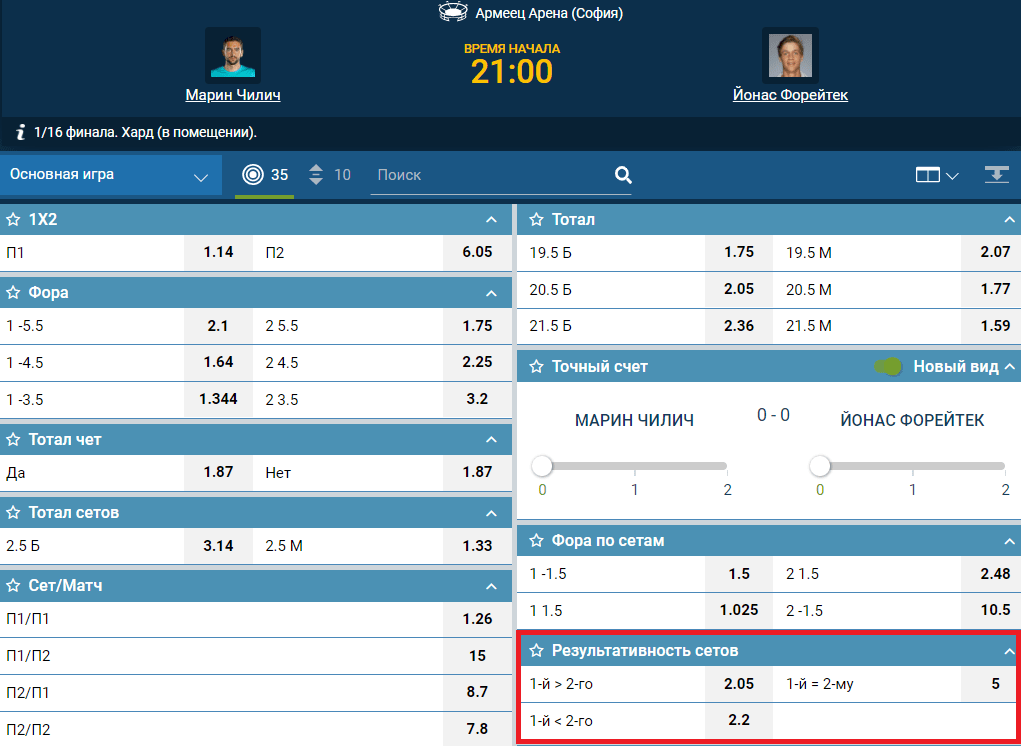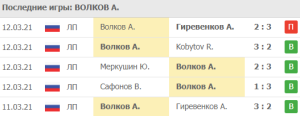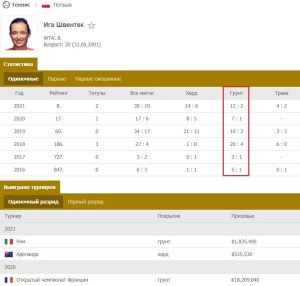
Bets in tennis are most often made on the winner, including the handicap, and the total. Few people risk getting involved in other outcomes. We can agree with this, because you always need to strive for the simplest, understandable and obvious option.
Nonetheless, the “set performance” market has attracted attention in tennis. It is necessary to predict which party will have the most games:
- First (1> 2);
- Second (1 <2);
- Equally (1 = 2).
None of the options had to meet a coefficient below two. As a rule, the smallest quote is for the first outcome, then slightly higher for the second, and about twice as much for “equal”.

Since the odds do not fall below 2, the amount allocated for the event can be divided into two parts. If in the match the number of games in the sets does not match (for example, 6: 4, 6: 4), then there will be a profit.
What should you pay attention to when analyzing so that such bets do not turn into a guessing game?
Choose the opposition of equal opponents. If a favorite and an outsider meet, then the score of the parties is often identical. Let's say 6: 2, 6: 2. When the opponents are about the same level, then the match often reaches the third set, and the result of the games can be 6: 4, 2: 6.
Study the statistics of tennis players by sets. Many athletes perform in different ways in individual games. Someone in the starting set gets to know the enemy, not giving all his best, and someone regularly loses concentration in the second game.
It is not easy to predict the performance of sets, but if you gradually develop in the chosen direction and regularly analyze these outcomes, then the first successes will not be long in coming. Naturally, subject to a qualitative analysis, taking into account the main factors (form, motivation, tactics, comfort of the opponent, statistics, etc.).


